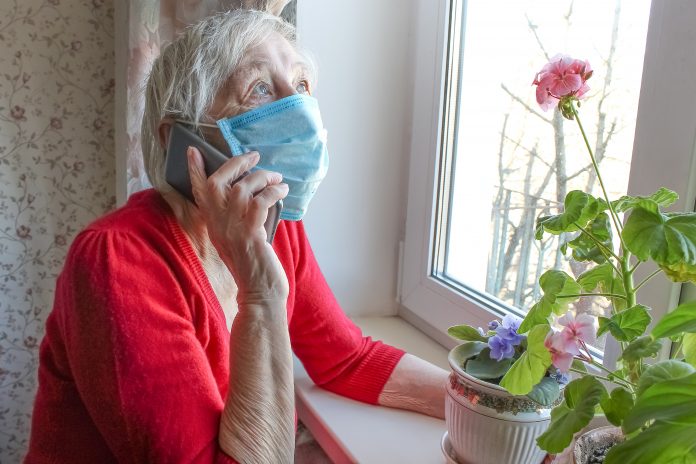David Rees, head of local government services at PA Consulting, discusses how local authorities can protect vulnerable residents by using assistive technology to maintain vital social care services during COVID-19 isolation
The UK’s health and care system has now become more important than ever in the nation’s response to COVID-19. Although its impact on the NHS is evident through increased diagnoses and hospital admissions, it will also bring additional pressures for local authorities already facing long term challenges in social care.
£3.4 billion funding has been already sent to councils, including £1.6bn for social care and its COVID-19 response, which will help. Many authorities are working tirelessly to support both the existing and expected increase in the number of people requiring social care. Although there will be no single solution to meet these demands, both MHCLG’s Local Digital team and NHSX are actively collaborating to help authorities understand where technology can help.
Technology Enabled Care (TEC)
Technology Enabled Care (TEC) is not new in supporting the vulnerable and isolated; it has a long-standing history of adopting established technologies such as personal alarms, medication and hydration reminders through to the increasing use of consumer devices such as personal assistants.
However, one area in which COVID-19 will add particular pressure – and where TEC can help – is the need to support those that are isolated. Though individuals may not have complex care needs, the impact of isolation on both mental and physical wellbeing cannot be underestimated. International research cited by Public Health England has shown that loneliness can be as harmful to a person’s health as obesity or smoking 15 cigarettes a day. Additionally, the TEC Services Association (TSA) highlights those living in isolation not only visit their GP and A&E more frequently (not possible in the current crisis) they are three times more likely to require residential care (challenging at time when plans to shield the UK’s 500,000 care home residents are in place).
One local authority with experience in using TEC to combat isolation is Hampshire County Council. Working with PA Consulting it has previously piloted two types of technology to test whether these devices could help individuals better connect with family, friends and their local communities.
The first device, known as Breezie, is a tablet computer that has been specially modified for use by older people, presenting information and applications specifically tailored to the individual using it. The other is Speakset, a box that allows any TV with a SCART connection to become a secure video conferencing facility. 65% of those on the project said these devices enabled them to have more contact with friends and family. This was particularly positive for those with relatives abroad. Most encouragingly, 80% of those using the devices would recommend the technologies to others.
Following that project, PA and Hampshire piloted Amazon Echo, the results of which showed that 62% of users felt less isolated and 68% more independent through the use of this device. However, it is dangerous to think that simply deploying such technology will solve the problem. There are lessons to be learned from its use in combatting isolation prior to COVID-19.
The first is that it is not always easy to identify those who are genuinely isolated; it is neither something that is formally diagnosed nor something individuals readily categorise themselves as such. This is a challenge already recognised by NHSX. Secondly, isolated people usually have some form of technology in their home already, such as a PC or tablet, which has often been bought by a family member as a way of keeping in contact. This should be a key consideration in the national response.
Finally, whether using existing or new technology, it is critical to consider how this technology is introduced and how its use is then supported. This is particularly important where the technology requires a physical installation by a professional and there is a reluctance or inability of service users and their families or carers to allow them into their houses (assuming, of course that professionals themselves are not ill, self-isolating or restricted by enforced “lockdowns”).
Technology remains a viable and reliable solution in the wellbeing of care service users, critically lessening the requirements on physical care in certain circumstances to allow this valuable resource to be deployed where it is most effective. Dealing with isolation is one such area, when considered as part of a wider national response programme.











